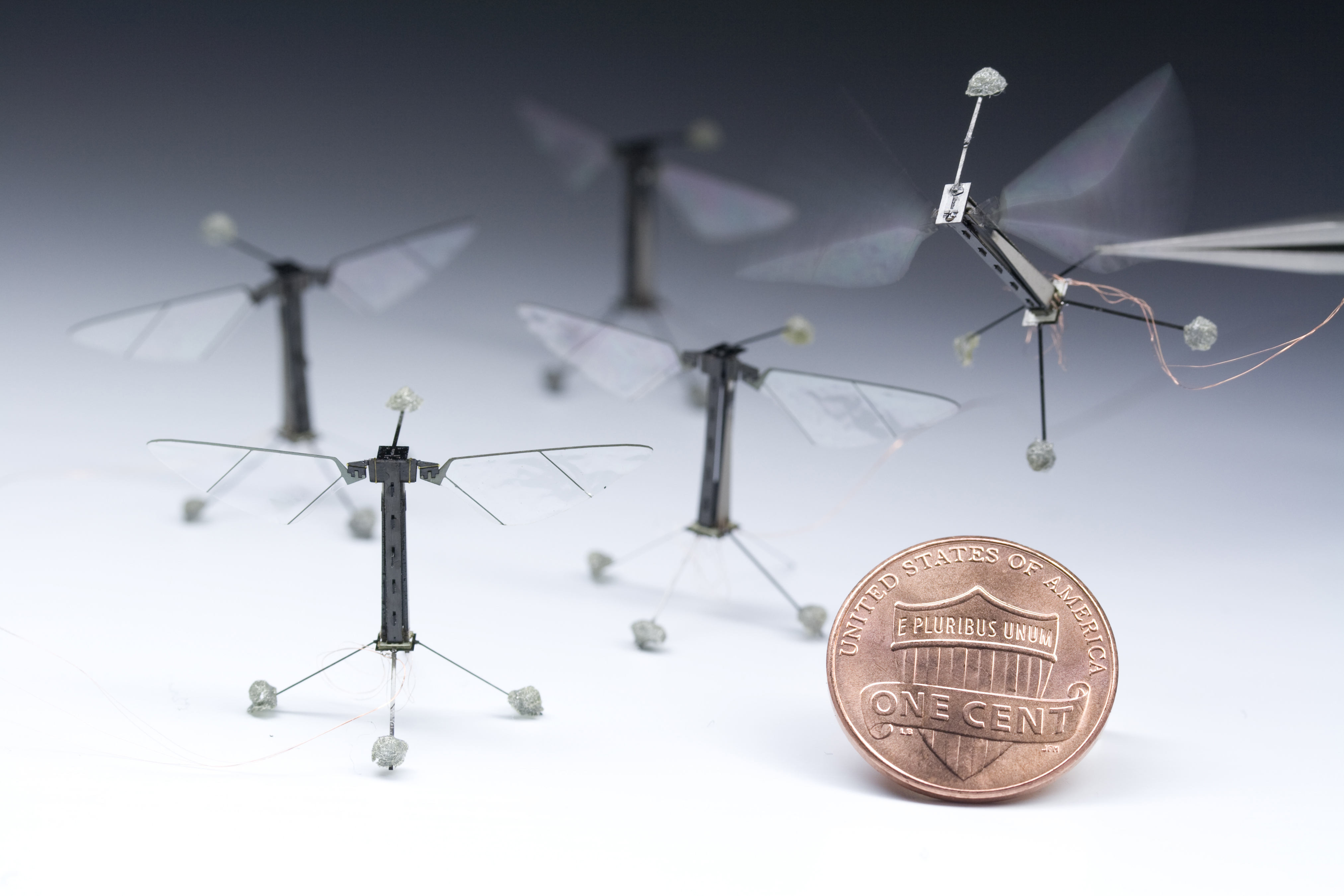
If the bees can’t be saved, maybe these little robotic bees can assume their role.
The pollinating wild bees are threatened. Their disappearance affects food production and future the harvest of fruit and berries. The situation is so serious that researchers have begun in researching a robot, a sort of radio-controlled drone the same size as a real bee.
The first reports bass bee die-offs (colony collapse disorder) came a couple of years ago. When reports of mysterious die-offs came to light mainly in the United States.
Several possible causes for the die-offs have been proposed, but no single proposal has gained widespread acceptance among the scientific community. A large amount of speculation has surrounded a family of pesticides called neonicotinoids.
Drought and climate change has further put the issue of future pollination into focus. The problems have led researchers in both Japan and at Harvard University in the United States to develop prototypes of robotic bees.
The retail chain Walmart recently applied for six patents for drones that could help pollination and more targeted pesticide spread, according to the Ecowatch environmental site.
The robot bee patent appears along five other patents for farming drones, including one that would identify pests and another that would monitor crop health. The drones would carry pollen from one plant to another, using sensors and cameras to detect the locations of the crops.
But the company do not want to give away any specific details about the patents, according to a press release.
A Japanese robot bee prototype is equipped with a helicopter-like propeller and a hairy body with a sticky gel that causes pollen to get caught. Researchers at Harvard University has taken another approach, developing a drone that weighs less than one gram.
Harvard University researchers introduced the first RoboBees in 2013. At the time, the bee-size robots could only fly and hover midair when tethered to a power source, but they have advanced since then. Today, the RoboBees can also stick to surfaces, swim underwater, and dive in and out of the water.

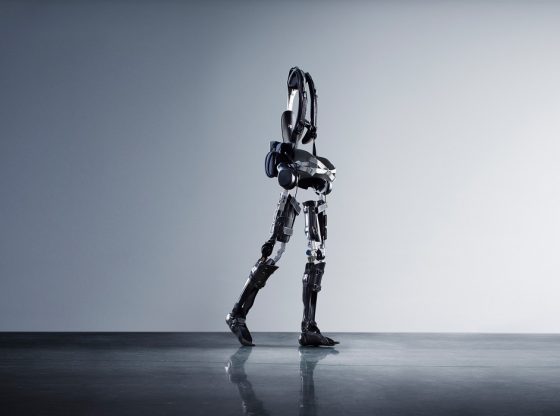
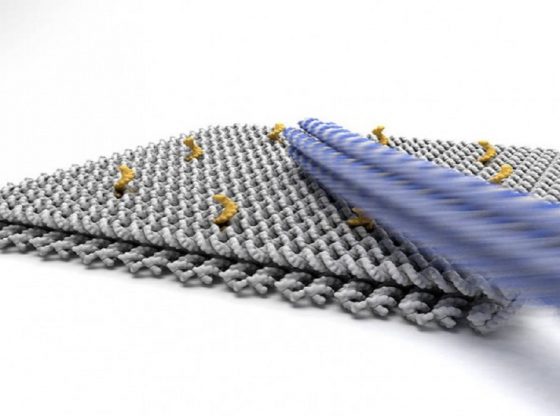


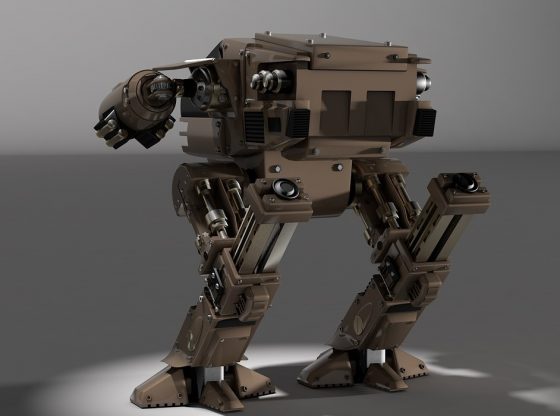
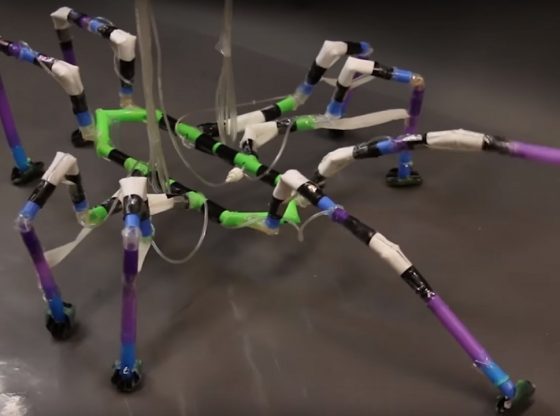

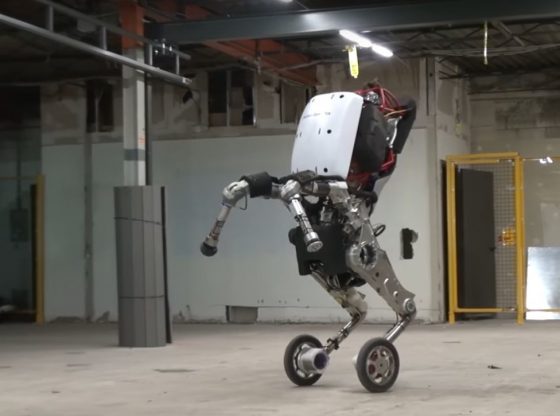

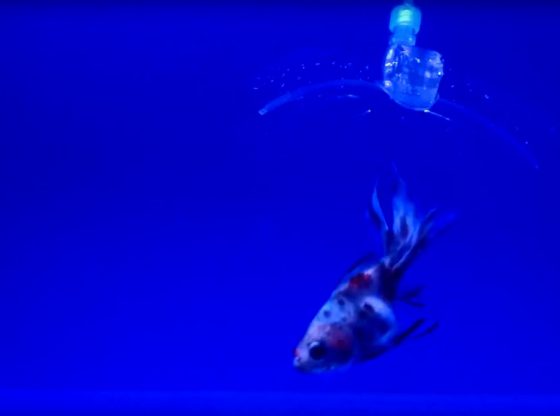
![OpenAI. (2025). ChatGPT [Large language model]. https://chatgpt.com](https://www.illustratedcuriosity.com/files/media/55136/b1b0b614-5b72-486c-901d-ff244549d67a-350x260.webp)
![OpenAI. (2025). ChatGPT [Large language model]. https://chatgpt.com](https://www.illustratedcuriosity.com/files/media/55124/79bc18fa-f616-4951-856f-cc724ad5d497-350x260.webp)
![OpenAI. (2025). ChatGPT [Large language model]. https://chatgpt.com](https://www.illustratedcuriosity.com/files/media/55099/2638a982-b4de-4913-8a1c-1479df352bf3-350x260.webp)








